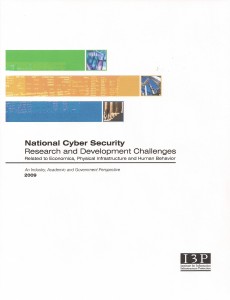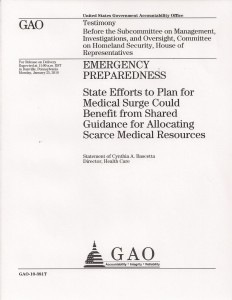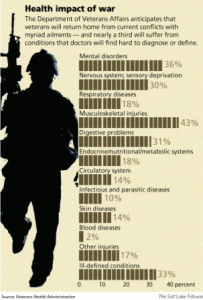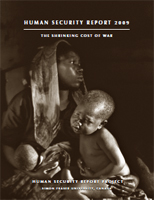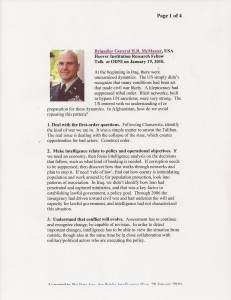
emergent by design
2009 December 21
by Venessa Miemis
1. What is Twitter?
Getting started on Twitter is like walking into a crowded room blindfolded: you know there’s somebody out there, but you’re not quite sure who they are, where they are, or why you should care.
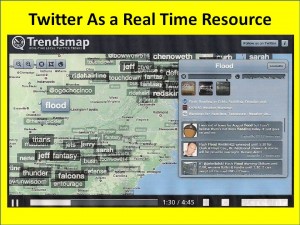
My initial Twitter experience was kind of like this: The 46 Stages of Twitter (here’s the educator’s version)
After digging deeper, I started to see patterns in the way information was traveling, and in the connections between the people I was following. Based on those observations, this is my current opinion:
Twitter is a massive Idea & Information Exchange.
Granted, there is a TON of noise. I’m not suggesting that Twitter is a utopia where it’s possible to get 100% pure relevant content to what you want to know all the time. BUT, there is a tremendous wealth of information and human capital out there that is certainly worth exploring. Businesses are finding it’s useful for interacting with customers and gauging public opinion, educators are collaborating with one another and integrating it into their “personal learning networks (PLNs),” and individuals are using it to find out more about specific interest areas.
I read a piece recently by Howard Rheingold titled Twitter Literacy, in which he said:
Twitter is not a community, but its an ecology in which communities can emerge.
Phi Beta Iota: Tip of the hat to Who’s Who in Collective Intelligence: Pierre Levy for the tip-off. As Haiti demonstrated recently, Twitter was the only intelligence-communications system that worked in the first hours and days, followed by texting. The US Embassy and CIA fired blanks. See Journal: Haiti Rolling Directory from 12 January 2010.

